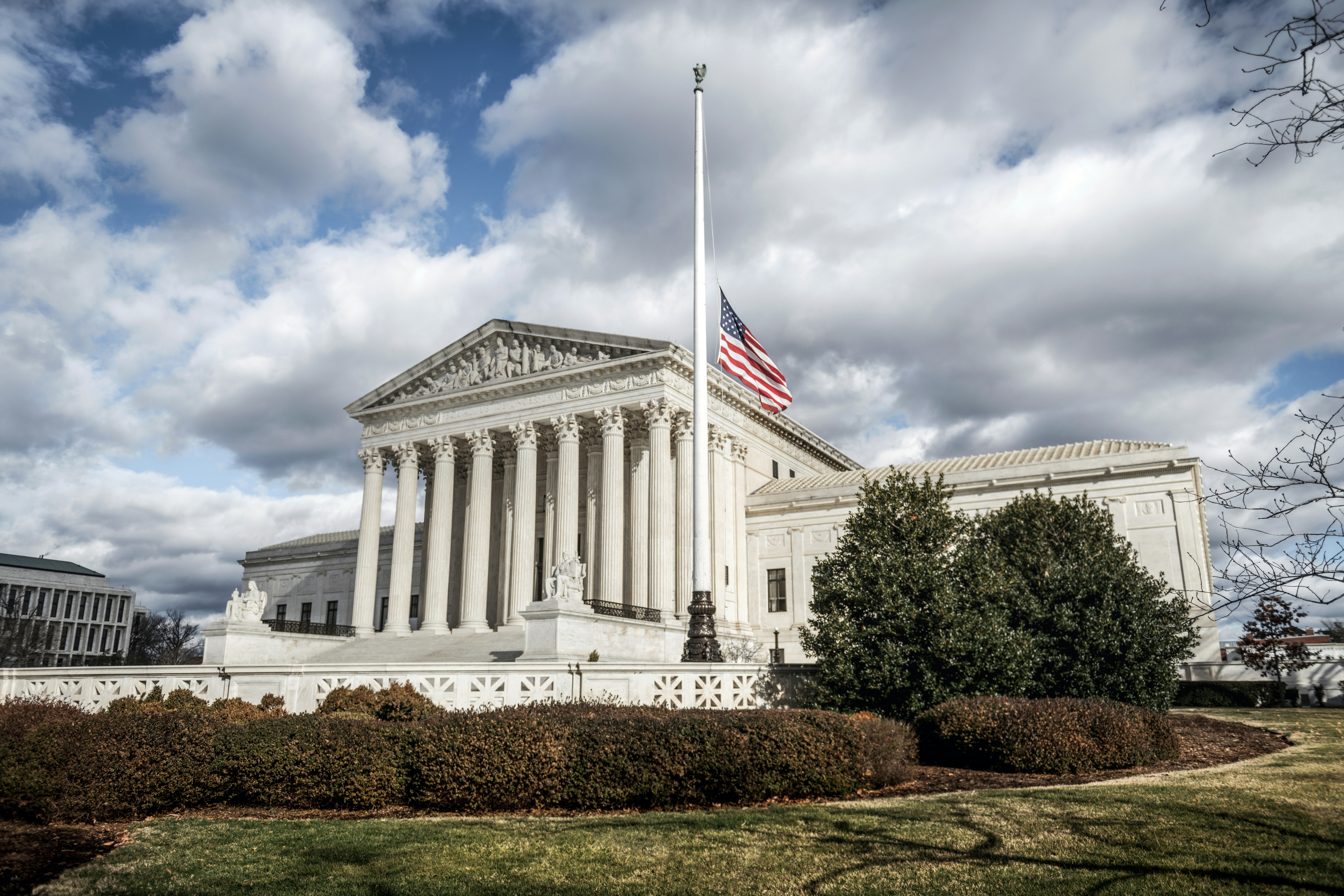Analyzing the Implications of the Fair Sentencing Act on U.S. Drug Policy
The United States' approach to drug policy has been a subject of intense scrutiny and debate for decades. One piece of legislation that significantly impacted this landscape is the Fair Sentencing Act of 2010. This article delves deep into the genesis of this Act, its implications, and how it has shaped the U.S. drug policy to the date.

Background: The War on Drugs and the Crack Cocaine Epidemic
The Fair Sentencing Act was a response to the controversial Anti-Drug Abuse Act of 1986, enacted at the height of the crack cocaine epidemic. The Act imposed mandatory minimum sentences for drug offenses, leading to a significant increase in the U.S. prison population. Particularly, it created a 100:1 disparity between the amounts of crack cocaine and powder cocaine that triggered these sentences, disproportionately impacting African American communities.
The Fair Sentencing Act: Aiming for Equality
The Fair Sentencing Act of 2010 sought to rectify this disparity. Signed into law by President Barack Obama, the Act reduced the sentencing disparity from 100:1 to 18:1. The Act also eliminated the mandatory minimum sentence for simple possession of crack cocaine, the first time a mandatory minimum sentence had been repealed since the Nixon era.
Current Legal Updates: The First Step Act
The First Step Act, signed into law in 2018, built on the foundation of the Fair Sentencing Act. It made the changes enacted by the Fair Sentencing Act retroactive, allowing individuals sentenced under the old law to petition for sentence reductions. This move was a significant step towards righting the wrongs of the past.
The Implications and Impact on Society
While the Fair Sentencing Act did not entirely eliminate the sentencing disparity, it marked a major shift in U.S. drug policy. It acknowledged the racial disparities in drug sentencing and took steps to rectify them. The Act has had significant implications for individuals convicted of drug offenses, particularly those from marginalized communities. Moreover, the Act signaled a move towards treating drug addiction as a public health issue rather than purely a criminal one.
The Future of Drug Policy in the U.S.
The Fair Sentencing Act and the subsequent First Step Act have undoubtedly influenced the direction of U.S. drug policy. They represent a growing recognition of the harms caused by the War on Drugs and a push towards more equitable and humane drug laws. However, significant disparities and injustices remain, indicating the need for continual examination and reform of drug policy in the United States.
As we move forward, it is important to keep reflecting on the lessons learned from past policies and legislation like the Fair Sentencing Act. This would ensure that future laws and policies are not only fair and equitable, but also effective in addressing the multifaceted challenges of drug use and addiction in society.




